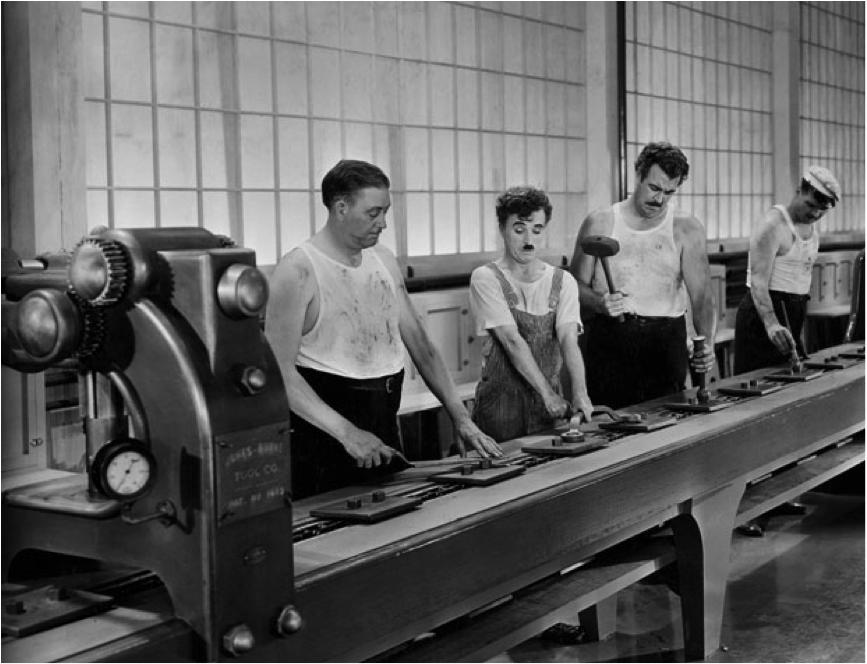
I spend a good amount of time reviewing technology and business innovations, and helping companies define, measure and articulate the value of new products and business models. Most of these interactions are exciting and challenging, as many of these new ideas are highly creative and demonstrate a serious attempt to create value for businesses, improve the quality of life of individuals and communities, and protect the environment.
On the other hand, too many of these innovations can be categorized simply as frivolous and wasteful, of the type that grabs headlines at the annual CES gathering but go nowhere and end up at top of the junk heap.
But telling the promising from the pointless, and the useful from the wasteful, isn’t always easy. It is certainly challenging to explain to a young bright-eyed and bushy-tailed entrepreneur why his idea may be “cool” but offers no meaningful value.
An old NPR podcast from 2013 about the Amish community triggered some musings about discovering and establishing the value of technology innovation. Read More




